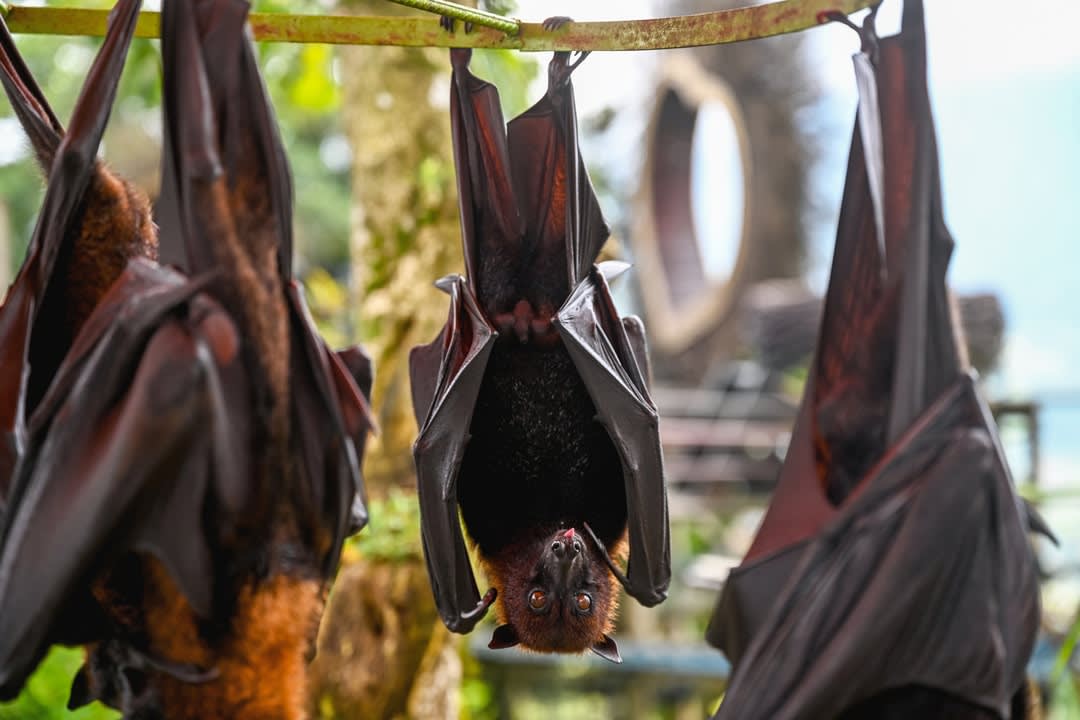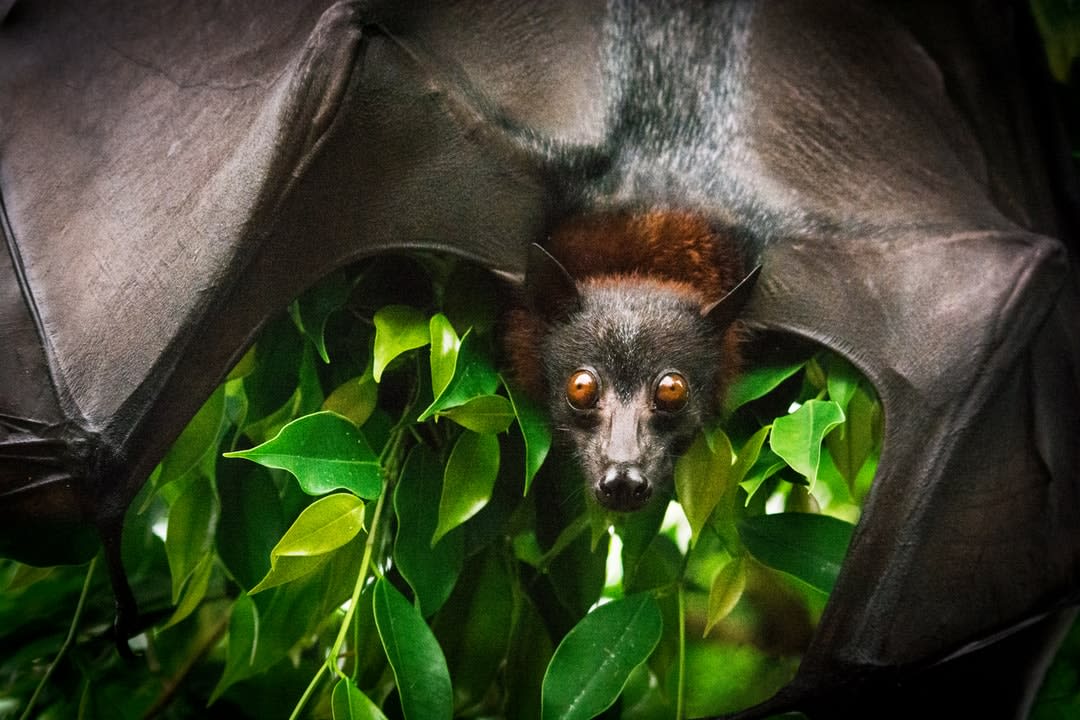They're often referred to as creatures of the night - linked to vampires in European folklore - and were misleadingly associated with the spread of COVID-19 last year.
-
Wong Zhi Hoong
Head of Department, Malaysia Immersion Hub
Because of their nocturnal lifestyles and cave-dwelling tendencies, bats are among the world's most misunderstood animals. They often receive negative attention and Halloween associations in modern media. There's even a condition for it - chiroptophobia, or the fear of bats.

But while these flying mammals are predominantly associated with death and darkness in the West, they've historically enjoyed a more diverse representation in many parts of the East, where they've come to be associated with a wide range of cultures, folklore, and customs that are largely positive in nature.
Countering negative perceptions
A new study recently published in the Journal of Ethnobiology aims to shine the spotlight on these more positive beliefs and cultural perceptions regarding bats to hopefully counter the negative narratives surrounding them, and possibly also help design culturally-grounded conservation strategies for these tiny ecosystem warriors.
The collaborative effort was initiated by Rimba, a Malaysian non-profit research group focused on conducting conservation science, and involved researchers from Monash University Malaysia, University of Bristol, Indian Institute of Science Education and Research, Manamea Art Studio, Philippines Biodiversity Conservation Foundation, Chinese Academy of Sciences, University of Mandalay, Wildlife Conservation Society Indonesia Program, University College Sabah Foundation, and Kyoto University.
"As bat conservationists, we were thrilled to discover the wealth of positive stories and symbols related to bats, especially those in Malaysian cultures."
The team studied 60 cultures from 24 countries across the region, analysing citations of key articles, websites, local knowledge and information from those working on bat-related research.
They discovered 119 bat cultural values, with more than 60% having only positive values, and only 10% having negative values. The findings imply that the Asia-Pacific region and its customs contain far more positive correlations with bats, which may translate into opportunities for human-bat coexistence.
For instance, among Chinese communities, bats are known to represent beneficial qualities such as health, prosperity, and long life. The pronunciation of the word "bat" in Chinese (蝠) is "fú", which is a homonym to the Chinese word for "blessing" (福), directly associating the bat with good luck and blessings.
They're popular motifs in artwork among Malaysian and Indonesian cultures, too, and bat-inspired patterns can be found in both batik, songket and pua kumbu. The popular Malay folk dance zapin also has steps that symbolise humility, which draws inspiration from the flying fox's (a large fruit bat) elbow. In some parts of India, they're even considered divine animals, with ties to the deities Muni, Kali, and Lakshmi.

Positive representations of bats are similarly abundant among indigenous communities of the Asia-Pacific.
For the Ibans of Borneo, bats are considered the spiritual messengers of respected shamans, and a bat flying into one's home is interpreted as the arrival of a shaman bringing good vibes. Among the Samoans, the flying fox is painted as a heroic saviour in mythology, having played a role in the rescue of the Tongan king's wife.
"I've always been fascinated by bats as the only mammals to have ever evolved the ability to fly," says Dr Cyren Wong Zhi Hoong of Monash University Malaysia, who was part of the project.
"I like to imagine that this was a fascination that our ancestors shared. I think that this collaborative research is a wonderful opportunity for us to remind people of how amazing bats are, and the historical role they've played in shaping the cultural fabric of this region."

Cultural expressions are closely tied to the communities' interactions with animals and their habitats. According to the research team, habitat destruction and species extinctions are likely to impact communities' social memory and ethnobiological information delivery.
Review reflects a rich collection
The team's literature review renders a clear indication for a rich collection of socio-cultural representations of bats across the Asia-Pacific region. They were able to help correct and supply additional information in the literature, emphasising the significance of local involvement and leadership in ethnobiological research, and the need for more locally spearheaded documentation efforts.
"As bat conservationists, we were thrilled to discover the wealth of positive stories and symbols related to bats, especially those in Malaysian cultures, as these accounts rarely penetrate mainstream media," says the project's lead investigator, Mary-Ruth Low, a senior conservation scientist with Rimba.
"We're hopeful that this publication will help more Malaysians realise the positive impact that bats have had on our ancestors' lives, and will spur further efforts to document cultural accounts and traditions related to bats in the region."






